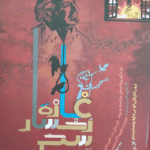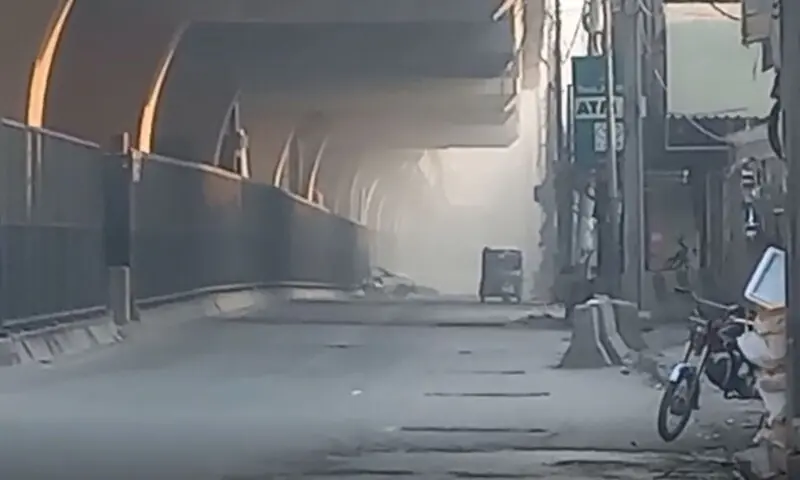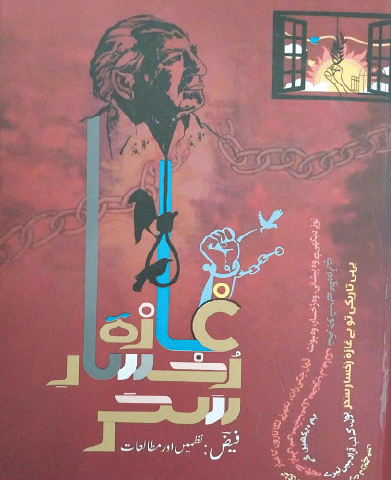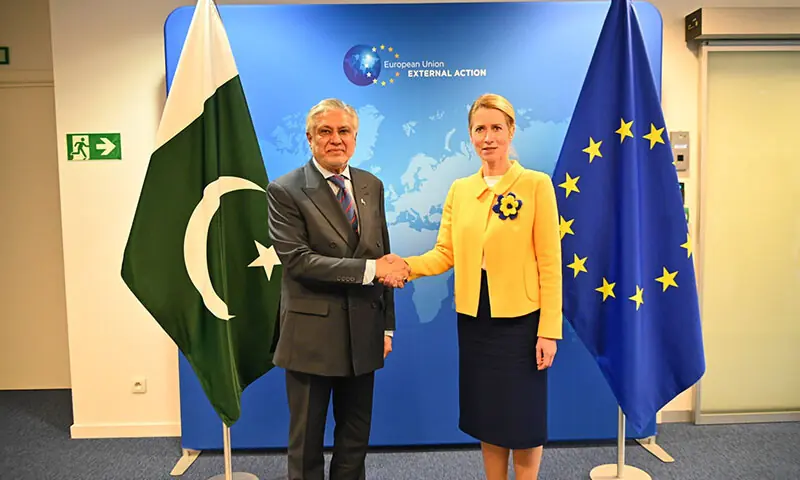The crash of the Indian Tejas fighter jet in front of global arms buyers at the Dubai Airshow is the latest blow to a key national trophy, leaving the plane dependent on Indian military orders to maintain its role as a showcase for homegrown defense technology.
The cause of Friday’s crash was not immediately known, but it capped a week of fighting for influence at the event, attended by India’s archrival Pakistan, six months after the neighboring foes clashed in the world’s largest air battle in decades.
Such a public loss will inevitably overshadow India’s efforts to establish the aircraft abroad after painstaking development over four decades, experts said, as India paid tribute to Wing Commander Namansh Syal, who died in the crash.
Accident at exhibition event in Dubai
“The images are brutal,” said Douglas A. Birkey, executive director of the US-based Mitchell Institute for Aerospace Studies, referring to the history of accidents at air shows where nations and industries seek to promote important national achievements.
“An accident sends the opposite signal – a dramatic failure,” he said, adding, however, that while the Tejas would suffer negative publicity, it would most likely regain momentum.
Dubai is the world’s third largest air show after Paris and Farnborough in Britain, and accidents at such events have become increasingly rare.
In 1999, a Russian Sukhoi Su-30 crashed after touching down during a maneuver at the Paris Air Show, and a Soviet MiG-29 crashed at the same event a decade earlier. All crew were ejected safely and India placed orders for both aircraft.
Fighter sales “are driven by high-level political realities, which take the place of a one-time incident,” Birkey said.
Powered by GE engines
The Tejas program began in the 1980s when India was looking to replace aging Soviet-origin MiG-21s, the last of which was retired in September after numerous extensions due to slow deliveries of Tejas by Hindustan Aeronautics Ltd (HAL).
The state-owned company has orders for 180 units of the advanced Mk-1A variant domestically, but has not yet begun deliveries due to engine supply chain issues at GE Aerospace.
A former HAL executive who recently left the company said the accident in Dubai “rules out exports for now.”
Target markets included Asia, Africa and Latin America, with HAL also opening an office in Malaysia in 2023.
“The focus in the coming years will be on increasing production of the fighter for domestic use,” the former executive said, requesting anonymity.
But the Indian Air Force is concerned about the reduction of its fighter squadrons, which have fallen to 29 from an approved strength of 42, with the first variants of the MiG-29, the Anglo-French Jaguar and the French Mirage 2000 due to retire in the coming years.
“The Tejas were supposed to be their replacement,” said an IAF officer. “But it faces production problems.”
Alternatively, India is considering available purchases to fill immediate gaps, with options including more French Rafales, two Indian defense officials said, adding that India still plans to add to about 40 Tejas already in service.
India is also weighing competitive bids from the United States and Russia for the fifth-generation F-35 and Su-57 fighters, two advanced models that rarely share the stage in Dubai this week.
‘Basis’ for future programs
India has for years been among the world’s biggest weapons importers, but has increasingly held up the Tejas as an example of self-reliance, with Prime Minister Narendra Modi conducting a raid on the fighter in November 2023.
Like most combat programs, Tejas has struggled for attention at the intersection of technology and diplomacy.
Development was initially slowed in part by sanctions following India’s nuclear tests in 1998, as well as problems in indigenous engine development, said Walter Ladwig, an associate fellow at the Royal United Services Institute in London.
But the plane’s long-term importance “probably lies less in foreign sales than in the industrial and technological base it creates for India’s future fighter aircraft programs,” he said.
Regional rivalry develops
Both India and Pakistan were in force at the show, where the Tejas put up multiple aerial displays in the presence of the rival Pakistani contingent.
Pakistan revealed the signing of a provisional agreement with a “friendly country” to supply its JF-17 Thunder Block III fighter, developed jointly with China.
On the ramp, a JF-17 was flanked by weapons that included the PL-15E, the export variant of a family of Chinese missiles that American and Indian officials say shot down at least one French Rafale used by India during an air battle with Pakistan in May.
At an exhibition booth, manufacturer PAC distributed leaflets promoting the JF-17, one of two models deployed by Pakistan during the four-day conflict, as “battle-proven.”
India is much more careful about the Tejas, which was not actively used in the four-day conflict in May, Indian officials said, without giving any reason.
It also did not participate in the annual Jan. 26 Republic Day air show in New Delhi this year due to what officials said were safety reasons associated with single-engine aircraft.









